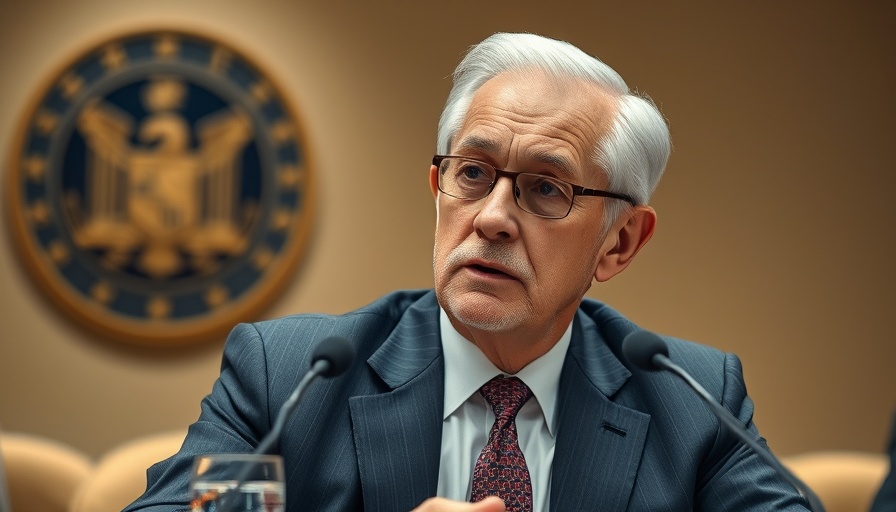
Ofwat to Be Abolished: What This Means for Water Regulation
The water regulator in England and Wales, Ofwat, is set to be abolished following a comprehensive review. This significant change comes amidst concerns about water quality, pricing, and sustainability, raising questions about the future of water management in the UK.
Understanding Ofwat's Role in Water Management
Established in 1989, Ofwat was designed to oversee the privatization of the water industry, ensuring that consumers received equitable prices and maintained high-quality water services. Over the years, its role evolved as it sought to balance the needs of consumers, companies, and environmental sustainability. However, criticisms of its effectiveness and transparency have prompted this recent decision to dissolve it.
Why Now? The Debate Over Water Quality and Access
With increasing public scrutiny over water quality and accessibility, the government has decided that a new approach is necessary. Reports of rising water bills alongside concerns of pollution and supply shortages have catalyzed a demand for systemic change. As the UK faces climate challenges, prioritizing sustainable water management becomes critical.
Potential Impact on Consumers and the Industry
Abolishing Ofwat could have profound implications for consumers. On one hand, it could pave the way for more flexible regulations that may stimulate competition and innovation among service providers. Alternatively, it raises fears of reduced oversight, potentially allowing for price hikes or diminishing service quality.
Comparing Water Regulation Approaches Worldwide
The decision to remove Ofwat is reminiscent of shifts in other countries with differing regulatory frameworks. For instance, in the Bay Area, California's approach to water management incorporates significant public input and investment in sustainable practices. This encourages not only the preservation of resources but also the engagement of local communities in ensuring that water management aligns with their needs and values.
The Future of Water Management in the UK
As the abolition of Ofwat looms, experts call for a rethinking of governance structures surrounding the water industry. New models must prioritize sustainability while considering the economic impacts of technology. Innovative practices from successful startup ecosystems in the water tech space can provide insights into harnessing digital transformation for smarter water management.
Taking Action: The Role of Stakeholders
Industry stakeholders, including businesses in the technology sector, must actively engage with new regulations to ensure they promote sustainable practices. Companies can seize the opportunity to innovate by advocating for a water governance model that champions transparency and public participation.
Conclusion: What Comes Next for Water in the UK
As we await further announcements on the dismantling of Ofwat, stakeholders from consumers to businesses must prepare for changes in water management. The coming months will be crucial in shaping the future of water governance and determining how we prioritize quality, accessibility, and sustainability in this vital resource.
In the changing landscape of water regulation in the UK, the drive towards effective sustainability and accountability remains paramount. Stakeholders must work together to ensure these objectives are met.
 Add Row
Add Row  Add
Add 



Write A Comment